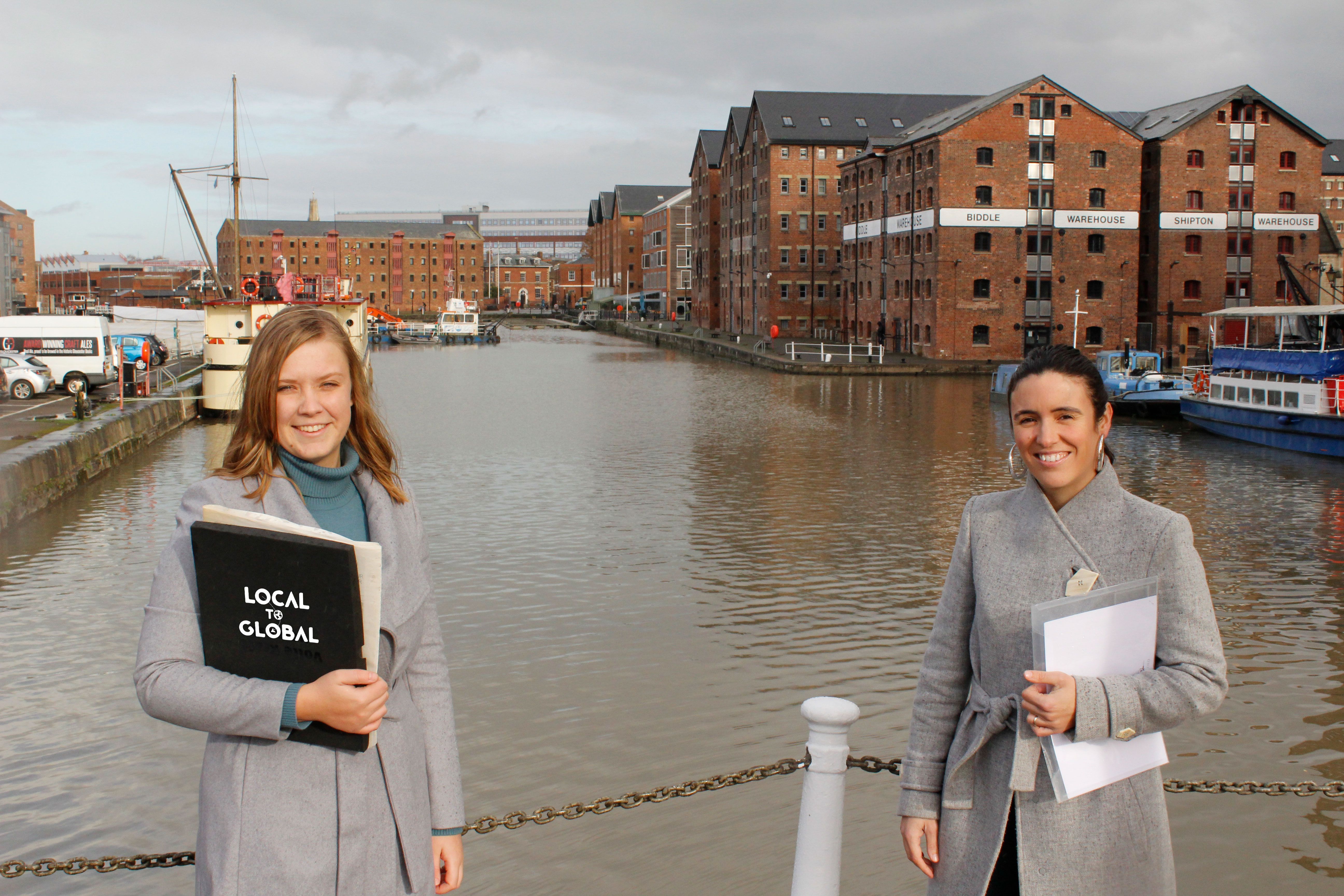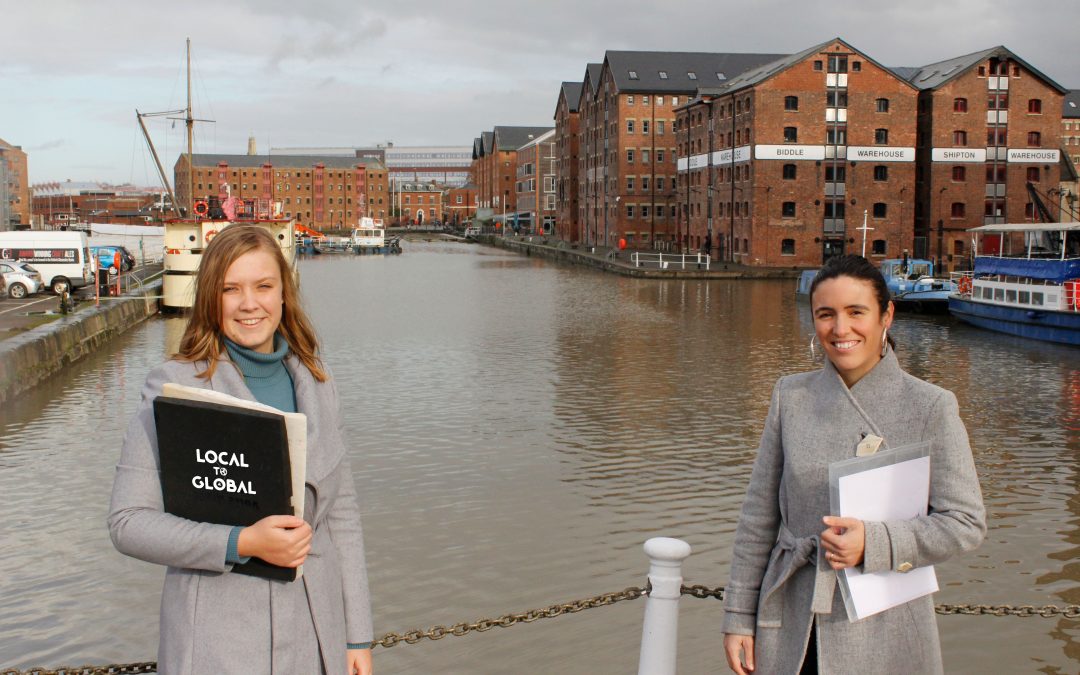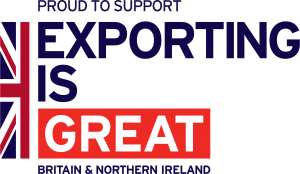What do culture, language and design have in common?
They are key challenges businesses have to overcome when exporting to new markets. Key challenges that, without the right guidance and assistance, businesses can easily get wrong; and key challenges that can reduce your international growth or worse, damage your brand reputation.
Did you know that Electrolux once famously marketed its vacuum cleaners in the U.S.A. with the tagline: “Nothing sucks like an Electrolux”? Guess how that campaign went?
Time spent on considering how a company should communicate to different cultures is well spent.
It’s important to remember that communication in international trade does not only involve language, it starts with being aware of your own culture and the culture of the country you want to do business with, then using the right language in your oral and written communications, and finally adapting your design to the target culture. For example, we may not normally consider that the colour psychology we use to design logos has a British perspective. Colours can have different meanings around the world, and it’s important to know which colours will work well for each market while communicating your brand values effectively.
When it comes to attracting your foreign audience, your website is probably the first thing your overseas prospects will look at. If English is not their native language, would they be comfortable buying from you?
According to research, over 70% of consumers are more likely to buy a product or service with information in their own language.
However, a literal translation will not be sufficient, and machine translation like Google Translate will probably cause more harm than good.
Your website needs to be localised.
By localising it, you don’t only translate the words and meaning, but also take cultural considerations into account, such as currency, symbols, colours, images, coding, SEO keywords, menus, buttons and formatting. Remember that some languages are written from right to left, so the formatting of your website (not only the text) needs to reflect the way users navigate.
Usually, translation and design can be overlooked in the marketing and export planning process. However, as you can see, they are very much interconnected and they rely on each other to communicate brand messages effectively across cultures.
If you are going local to global, it is important to build and develop fruitful relationships to portray your brand effectively. Understanding the cultural, linguistic, and branding requirements of your target market can provide your company with a clear competitive advantage.
Local to Global
This article was written by Eva Túnez Salvador, Director of Genuine Translations, and Janina Neumann, Founder of Janina Neumann Design. Together, Eva and Janina have founded Local to Global, a gateway to fulfil the cultural, linguistic and branding requirements of companies trading overseas.



